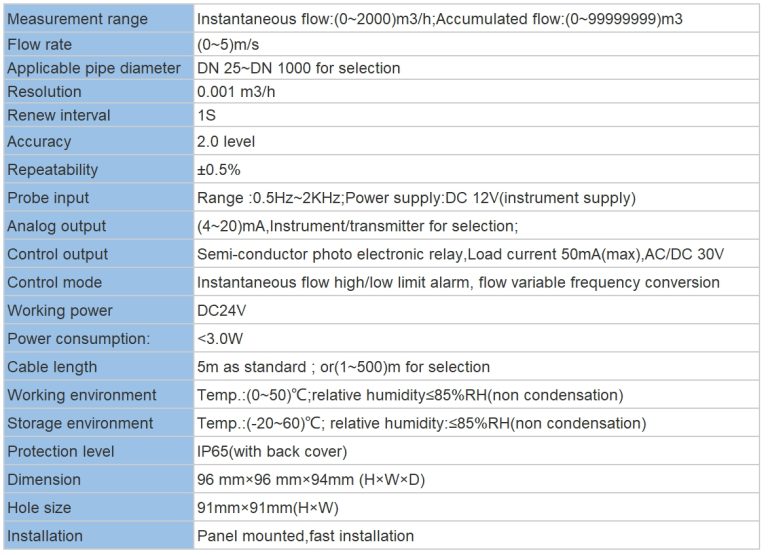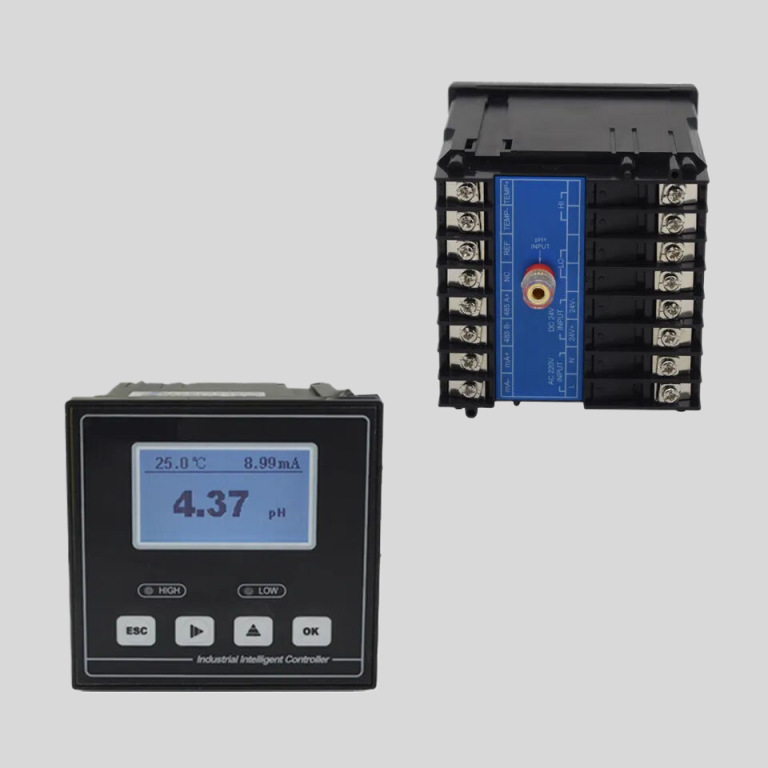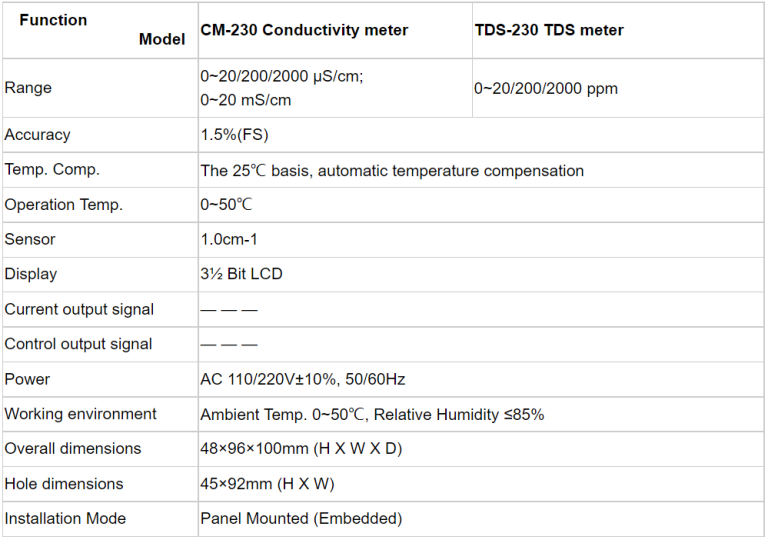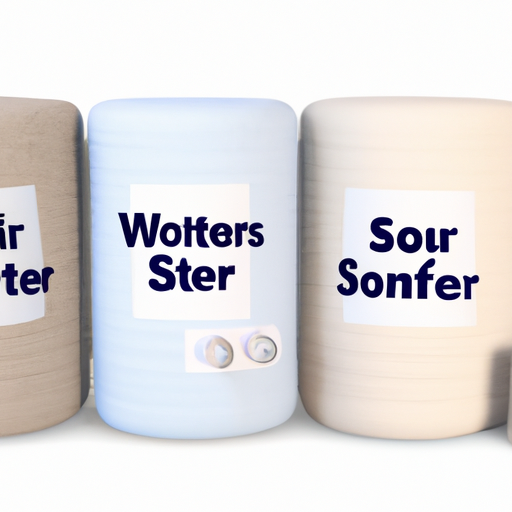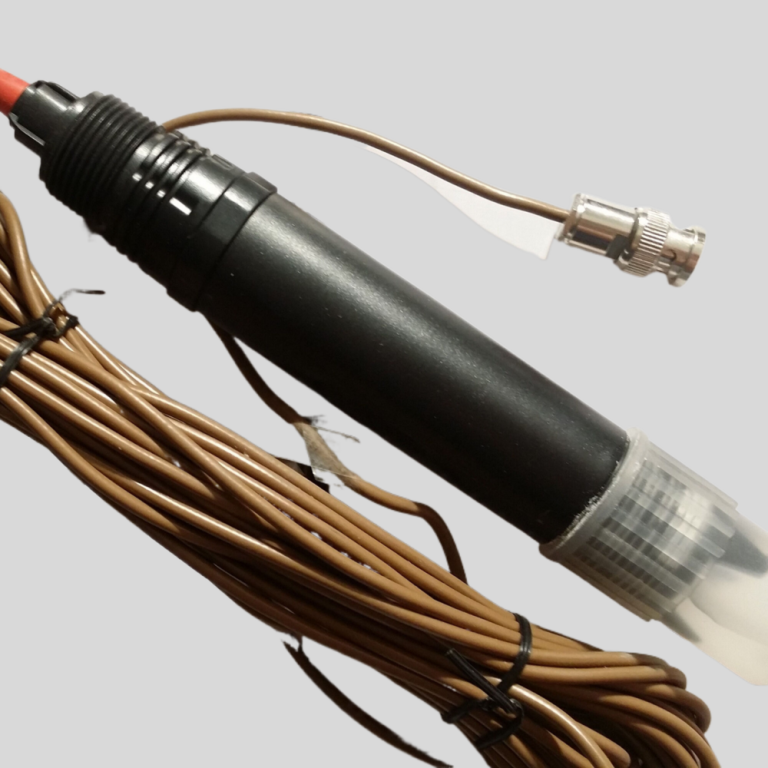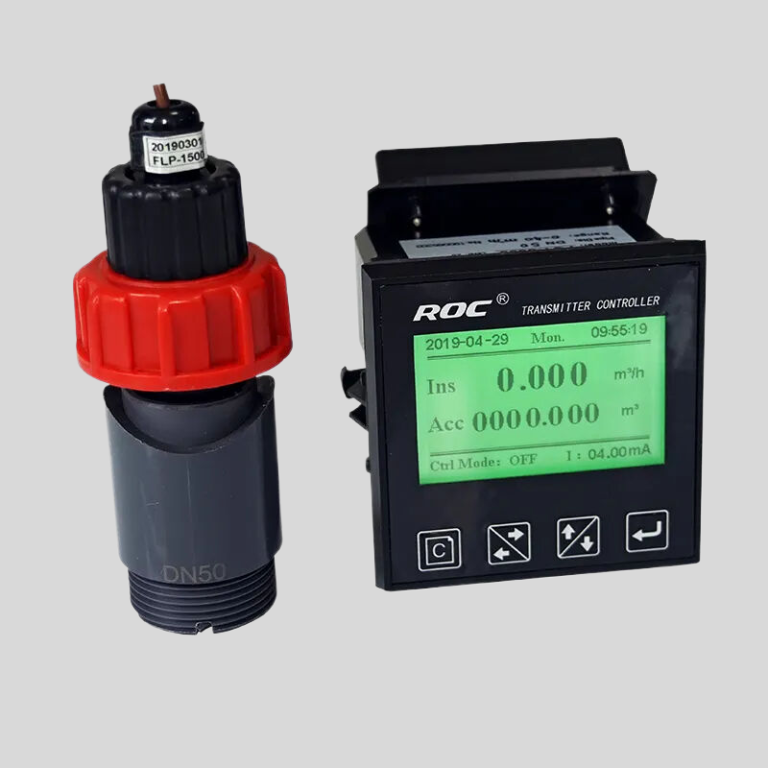Table of Contents
The Importance of Calibrating Turbidity Sensors for Accurate Readings
Turbidity sensors are essential tools used in various industries to measure the clarity of liquids by detecting the amount of suspended particles present. These sensors play a crucial role in ensuring the quality of water in drinking water treatment plants, wastewater treatment facilities, and industrial processes. However, to obtain accurate and reliable readings, it is important to calibrate turbidity sensors regularly.
Calibration is the process of adjusting the sensor to ensure that it provides accurate and consistent readings. This is necessary because turbidity sensors can drift over time due to factors such as temperature changes, aging of components, and exposure to contaminants. Without proper calibration, the sensor may provide inaccurate readings, leading to incorrect decisions being made based on the data collected.
One of the main reasons why calibration is important for turbidity sensors is to maintain the accuracy of the measurements. By calibrating the sensor, you can ensure that it is correctly calibrated to detect the specific range of turbidity levels in the liquid being measured. This is crucial for industries that rely on precise measurements to monitor and control their processes effectively.
Another reason why calibration is essential for turbidity sensors is to ensure consistency in the readings. Consistent readings are important for comparing data over time and detecting any changes or trends in turbidity levels. By calibrating the sensor regularly, you can minimize variations in the readings and improve the reliability of the data collected.
Calibration also helps to extend the lifespan of the turbidity sensor. By regularly calibrating the sensor, you can identify any issues or drift in the readings early on and take corrective action to prevent further damage. This can help to prolong the life of the sensor and reduce the need for costly repairs or replacements.
There are several methods for calibrating turbidity sensors, including using calibration standards, reference materials, and calibration kits. Calibration standards are solutions with known turbidity levels that are used to calibrate the sensor and verify its accuracy. Reference materials are solid materials with known turbidity levels that can be used to calibrate the sensor in a similar way.
Calibration kits are available for turbidity sensors and typically include all the necessary tools and materials for calibrating the sensor. These kits are designed to make the calibration process quick and easy, ensuring that the sensor is calibrated correctly and efficiently.
In conclusion, calibrating turbidity sensors is essential for obtaining accurate and reliable readings. By calibrating the sensor regularly, you can maintain the accuracy of the measurements, ensure consistency in the readings, and extend the lifespan of the sensor. There are various methods for calibrating turbidity sensors, including using calibration standards, reference materials, and calibration kits. It is important for industries that rely on turbidity sensors to prioritize calibration to ensure the quality and integrity of their data.
How to Troubleshoot Inaccurate turbidity sensor Readings
Turbidity sensors are essential tools used in various industries to measure the clarity of liquids by detecting the amount of suspended particles present. Accurate turbidity sensor readings are crucial for ensuring the quality of water in drinking water treatment plants, wastewater treatment facilities, and industrial processes. However, inaccurate readings can lead to incorrect decisions being made, potentially compromising the quality of the water being treated. In this article, we will discuss some common reasons for inaccurate turbidity sensor readings and how to troubleshoot them.
One of the most common reasons for inaccurate turbidity sensor readings is the presence of air bubbles in the sample. Air bubbles can scatter light and interfere with the sensor’s ability to accurately measure turbidity. To troubleshoot this issue, it is important to ensure that the sample is properly degassed before taking a reading. This can be done by allowing the sample to sit undisturbed for a few minutes or by using a degassing chamber to remove any trapped air bubbles.
Another common cause of inaccurate turbidity sensor readings is the presence of bubbles or debris on the sensor itself. Over time, sensors can become dirty or fouled, leading to inaccurate readings. To troubleshoot this issue, it is important to regularly clean and maintain the sensor according to the manufacturer’s recommendations. This may involve using a soft brush or cloth to gently remove any debris or buildup on the sensor surface.
Calibration is another important factor to consider when troubleshooting inaccurate turbidity sensor readings. If the sensor is not properly calibrated, it may provide inaccurate readings. To troubleshoot this issue, it is important to regularly calibrate the sensor using a calibration standard of known turbidity. This will ensure that the sensor is providing accurate and reliable readings.
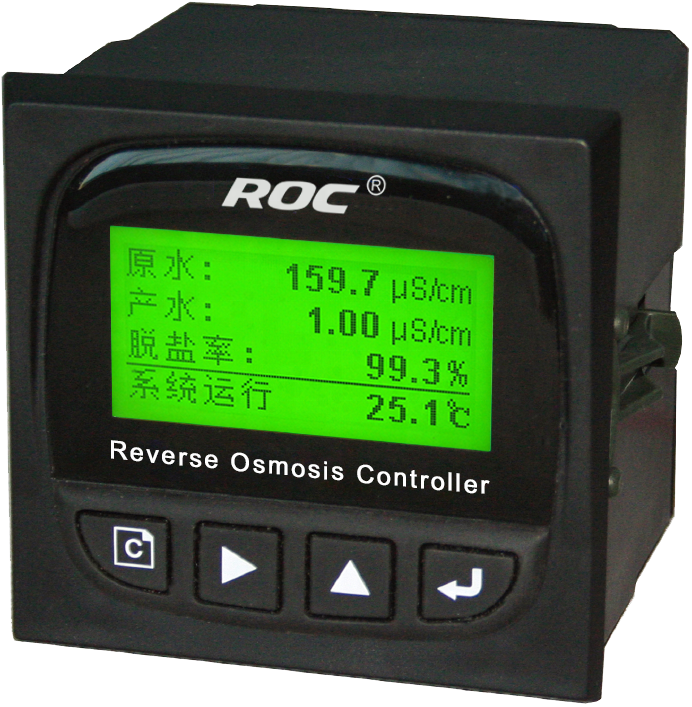
Temperature fluctuations can also impact the accuracy of turbidity sensor readings. Changes in temperature can affect the density of the liquid being measured, leading to inaccurate readings. To troubleshoot this issue, it is important to monitor and control the temperature of the sample to ensure consistent and accurate readings. Using a temperature-compensated sensor can also help to minimize the impact of temperature fluctuations on the accuracy of the readings.
| Model | pH/ORP-510 pH/orp meter |
| Range | 0-14 pH; -2000 – +2000mV |
| Accuracy | \u00b10.1pH; \u00b12mV |
| Temp. Comp. | Manual/Automatic temperature compensation; No Comp. |
| Oper. Temp. | Normal 0\uff5e60\u2103; High temp 0\uff5e100\u2103 |
| Sensor | pH double/triple sensor; ORP sensor |
| Display | LCD Screen |
| Communication | 4-20mA output/RS485 |
| Output | High/Low limit dual relay control |
| Power | AC 220V\u00b110% 50/60Hz or AC 110V\u00b110% 50/60Hz or DC24V/0.5A |
| Working Environment | Ambient temperature:0\uff5e50\u2103 |
| Relative humidity\u226485% | |
| Dimensions | 48\u00d796\u00d7100mm(H\u00d7W\u00d7L) |
| Hole Size | 45\u00d792mm(H\u00d7W) |
| Installation Mode | Embedded |
Finally, it is important to consider the quality of the sample being measured when troubleshooting inaccurate turbidity sensor readings. If the sample is highly turbid or contains large particles, it may be difficult for the sensor to accurately measure the turbidity. In these cases, it may be necessary to filter the sample before taking a reading or use a sensor with a higher range to accommodate the turbidity levels present.
In conclusion, accurate turbidity sensor readings are essential for ensuring the quality of water in various industries. By understanding the common reasons for inaccurate readings and following the troubleshooting tips outlined in this article, you can ensure that your turbidity sensor is providing accurate and reliable measurements. Regular maintenance, calibration, and monitoring of sample quality are key to achieving accurate turbidity sensor readings.

